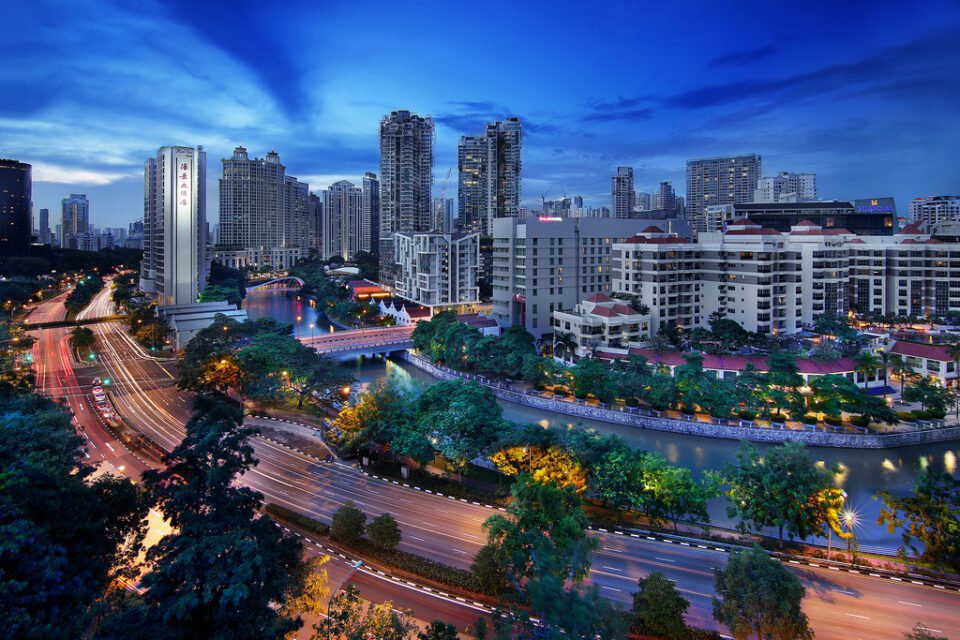The small country of Singapore attracts travelers eager to learn more about the mysterious islands washed by the waves of the Indian Ocean. While walking along Clarke Quay, a notable attraction in the city-state of Singapore, you immerse yourself in a unique atmosphere created by the harmonious blend of cultures and traditions of the various peoples inhabiting the famous “Lion City” from ancient legends. One can talk endlessly about the city’s waterfronts, stretching over more than 3 km. Travelers will always be amazed by the rare architectural structures. Naturally, one might wonder who, when, and why such beauty was created on the banks of the Singapore River.
History
The development of the waterfront cannot be viewed separately from the history of Singapore. Today, it is considered the main tourist attraction in the city. The origin of life in this place, located near the equator, is connected with the famous Singapore River. The historical center of the country and city grew alongside this water artery, which starts near the Kim Seng Bridge and ends at the bay called Marina Bay. Currently, three waterfronts are developed here, becoming the center of the country’s tourism infrastructure. Previously, the riverbank was used as an industrial trade zone.
Numerous trading piers and docks made the river the main transshipment point for goods in Southeast Asia in the 19th century. Huge warehouses filled with rare goods valued in Europe, such as spices, exotic offerings like shark fins, and bird nests, filled the endless storage spaces. In Chinese documents dating back to the 3rd century, Singapore was called Tumasik, a Javanese name. Even then, it was an essential trading point for the Srivijaya empire, centered in Sumatra.
Residential buildings and government institutions appeared on the shores in all directions. The dirty river, noisy ports, and floating barges bothered the city’s residents. The decision to clean the river and change its status was made in the 20th century. Cargo ships began unloading at new piers – Boat Quay, Clarke Quay, Robertson Quay, and the waterfront transformed from an industrial zone into a favorite tourist spot.
Description
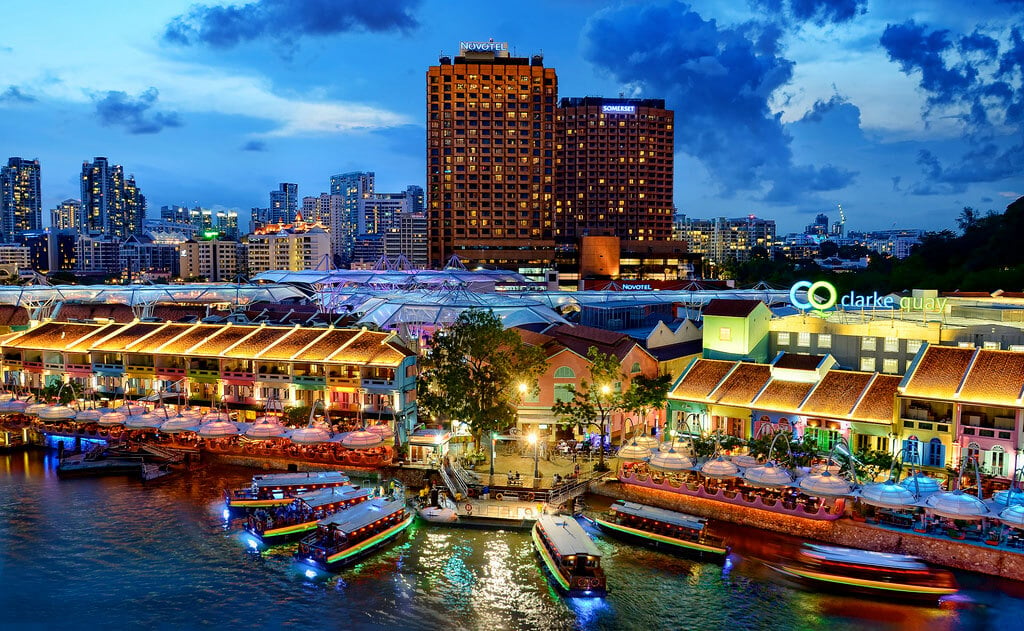
From the initial redevelopment stage, the area acquired a modern look. Chinese entrepreneurs used existing docks, warehouses, abandoned ships, and old barges for cafes, restaurants, trendy dance clubs, and floating bars with live music. Today, gleaming ships and beautiful excursion boats filled with tourists from various countries dock at the old trading piers. This is how modern Singapore was born, the capital of one of the prosperous countries in the Asian region. Sir Andrew Clarke, serving as the second governor of Singapore, significantly contributed to organizing the modern waterfront. The quay, named after him, has become the center of the city’s nightlife.
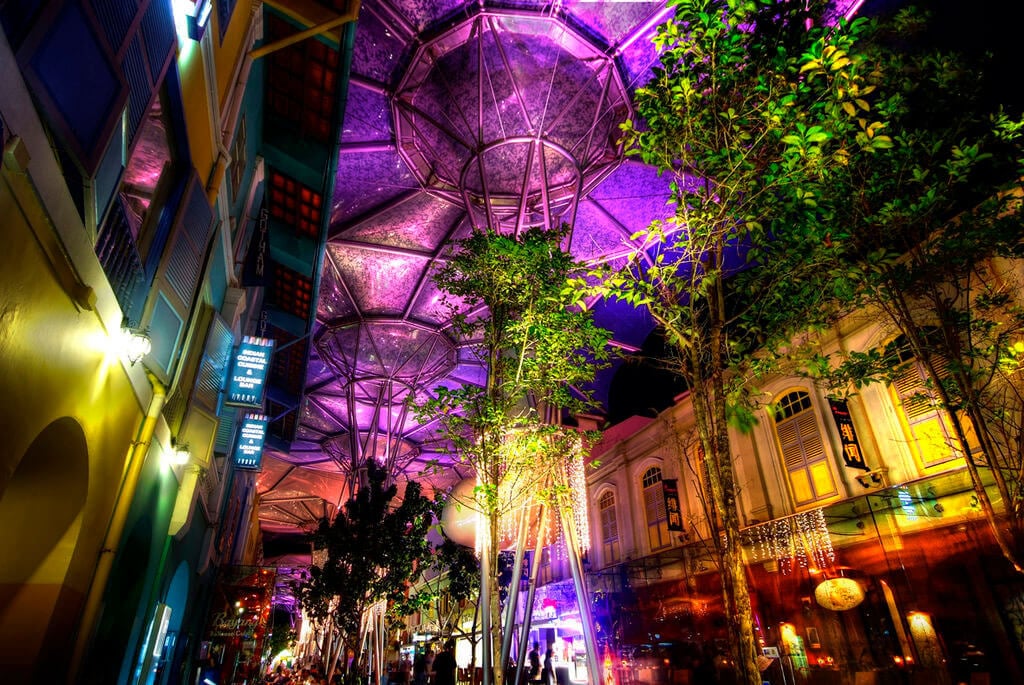
Even on hot evenings, the waterfront is easy to breathe, thanks to numerous air conditioners installed along all the streets. The sounds of music from numerous cafes, clubs, bars, and open verandas invite visitors to the epicenter of Singapore’s nightlife.
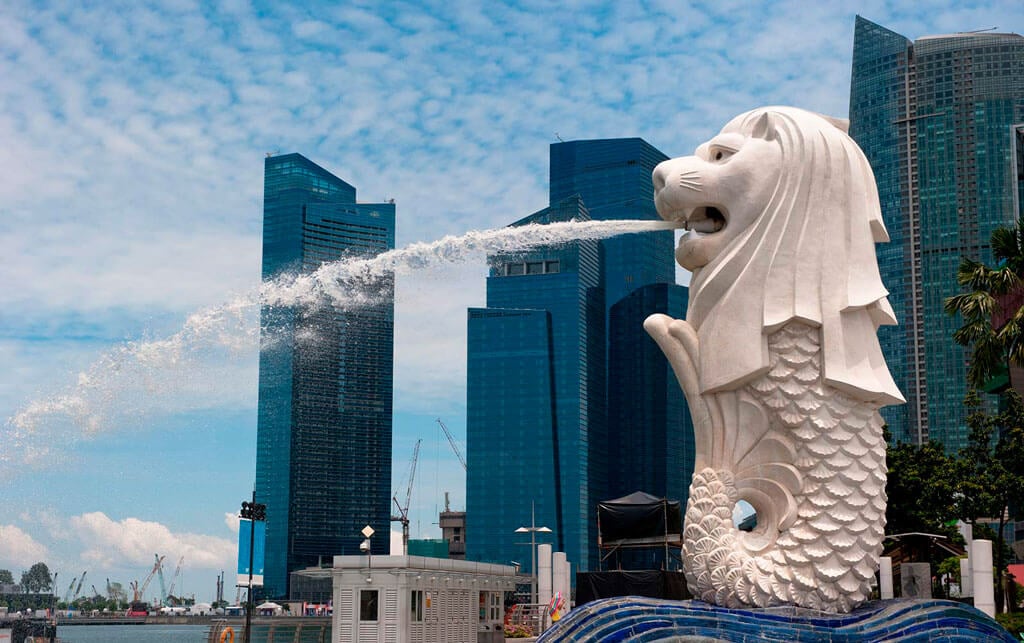
Numerous sculptures, decorating the sidewalks and uniquely illuminated at night, are easily mistaken for living figures. They add a mystical Asian spirit to the waterfront, set against a backdrop of historical and modern architectural masterpieces. Among them stands the majestic figure of the mythical creature with a lion’s head and a fish’s tail, called Merlion. According to ancient legend, this monster protected residents from enemies. From its eyes, which lit up with bright fire upon seeing an enemy, a stream of fire would burst, incinerating the adversary. During a severe storm, it saved sinking ships from the water. Incidentally, this mythical creature has become a national symbol. A monument in the form of a beautiful fountain embodying this creature was built in the city, designed by sculptor Lim Nang Seng in 1972.
What to See
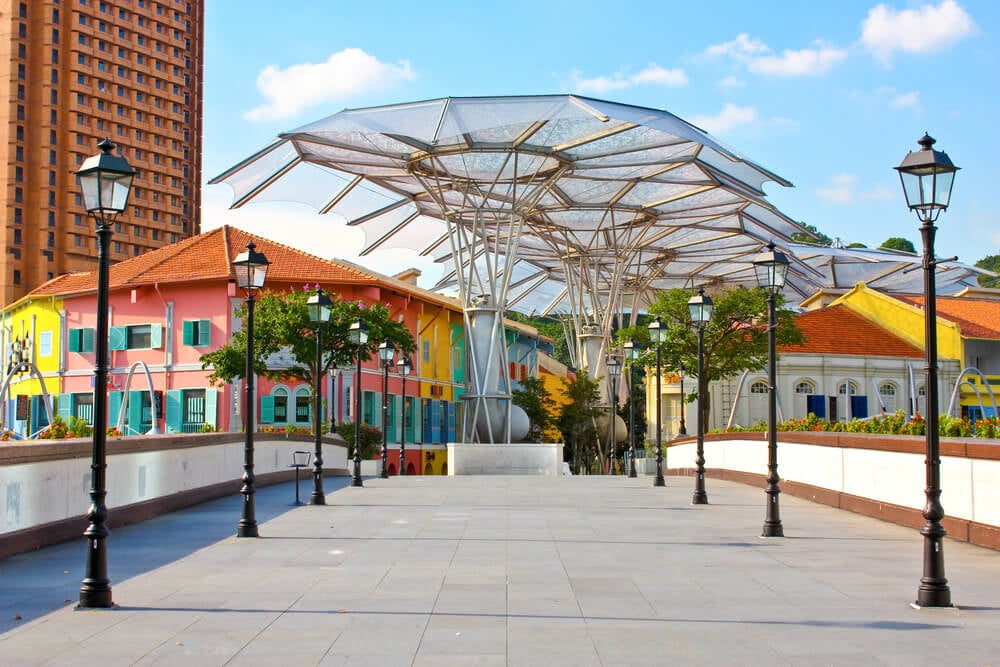
Walking along the waterfront, one is struck by the coexistence of Eastern and Western cultural traditions. Starting with typical treats, which are an integral part of any journey, one can equally enjoy Indian, Chinese, Spanish, Brazilian, Irish, and Russian cuisines. Cafes, pubs, bars, and restaurants entice with glowing advertisements to try local drinks and dishes. Along with a pleasant dinner, one can enjoy the fairy-tale panorama of the night city. Visitors get an unforgettable impression from the millions of colorful lights reflecting on the calm waters of the river. Alternatively, they can sit in a small café garden under decorative trees like ficus or palm, surrounded by rare potted plants.
One cannot miss the central fountain with lighting, installed on the waterfront. Streams of transparent, clean water shoot up from the ground and sprinkle the visitors. An interesting attraction for lovers is a net with locks that they secure, throwing the key into the water. It is located near the local metro station. Another daring attraction is the G-Max Reverse Bungy, an open capsule attached to a rope. This flying device is popular with the most fearless visitors. The famous flea market always opens on Sundays with interesting offers. Huge shopping centers like Clarke Quay Central and Liang Court invite visitors for daily shopping.
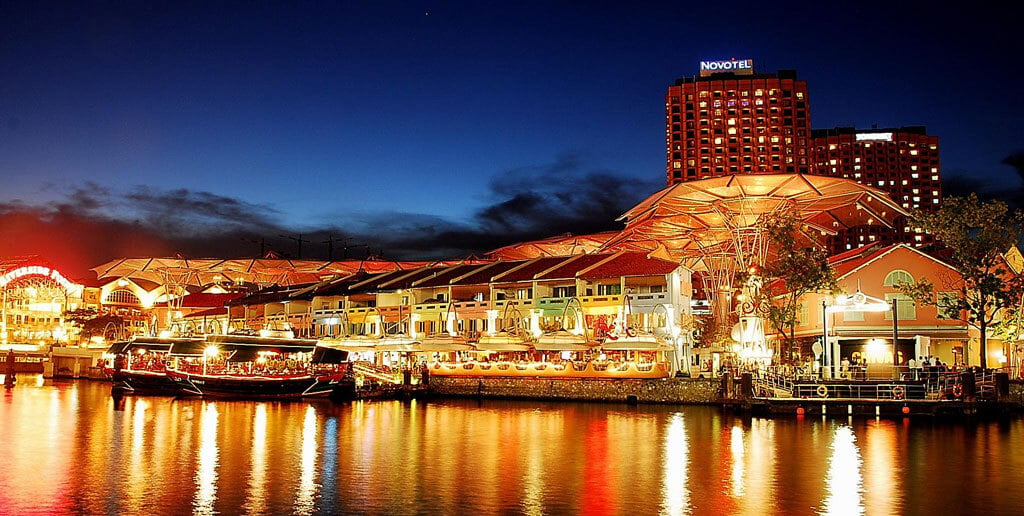
Among the architectural landmarks on the waterfront, noteworthy are the Asian Civilisations Museum, the Parliament building, a bridge connecting both riverbanks in the shape of a DNA molecule, the House of Arts, the Singapore Theatre, sculptural monuments, and compositions like the First Generation, River Merchants, etc. One can marvel at the roof resembling a durian fruit and the air conditioner indistinguishable from a lotus flower.
A night trip along the river on a tourist boat or excursion tram, departing every half hour from several piers on the waterfront, is a must. The beauty of the waterfront can be admired from an authentic Chinese boat or an amphibious bus slicing through the river waves. The main challenge during a walk along the waterfront is not to miss interesting moments in the dazzling hustle and bustle of extraordinary lights.
How to Get There
Public transport in the city connects all its points with the well-known waterfront. For example, you can take buses No. 2, 33, 12, 54, 147, or 190 from Clarke Quay metro station. You can also walk through Fort Canning Park, exiting at Dhoby Ghaut station. It is important to know that the city has a very convenient and simple metro system consisting of four lines leading to all city districts. The metro fare is inexpensive, with various payment options available. It is a popular public transport mode throughout the country. During your farewell to the city, you can toss a coin and approach the famous “Fountain of Wealth.” Extend your hands to it and take a little piece of luck, fortune, and success with you.

